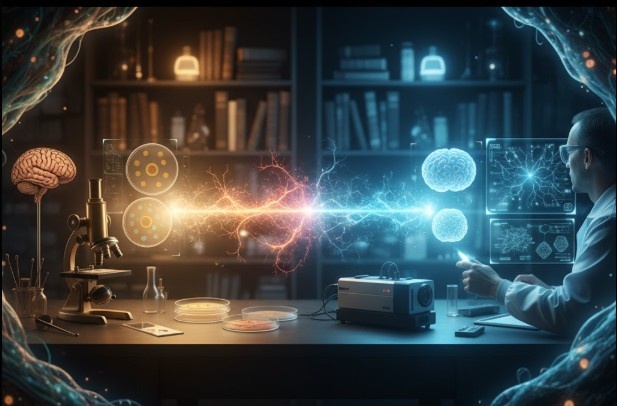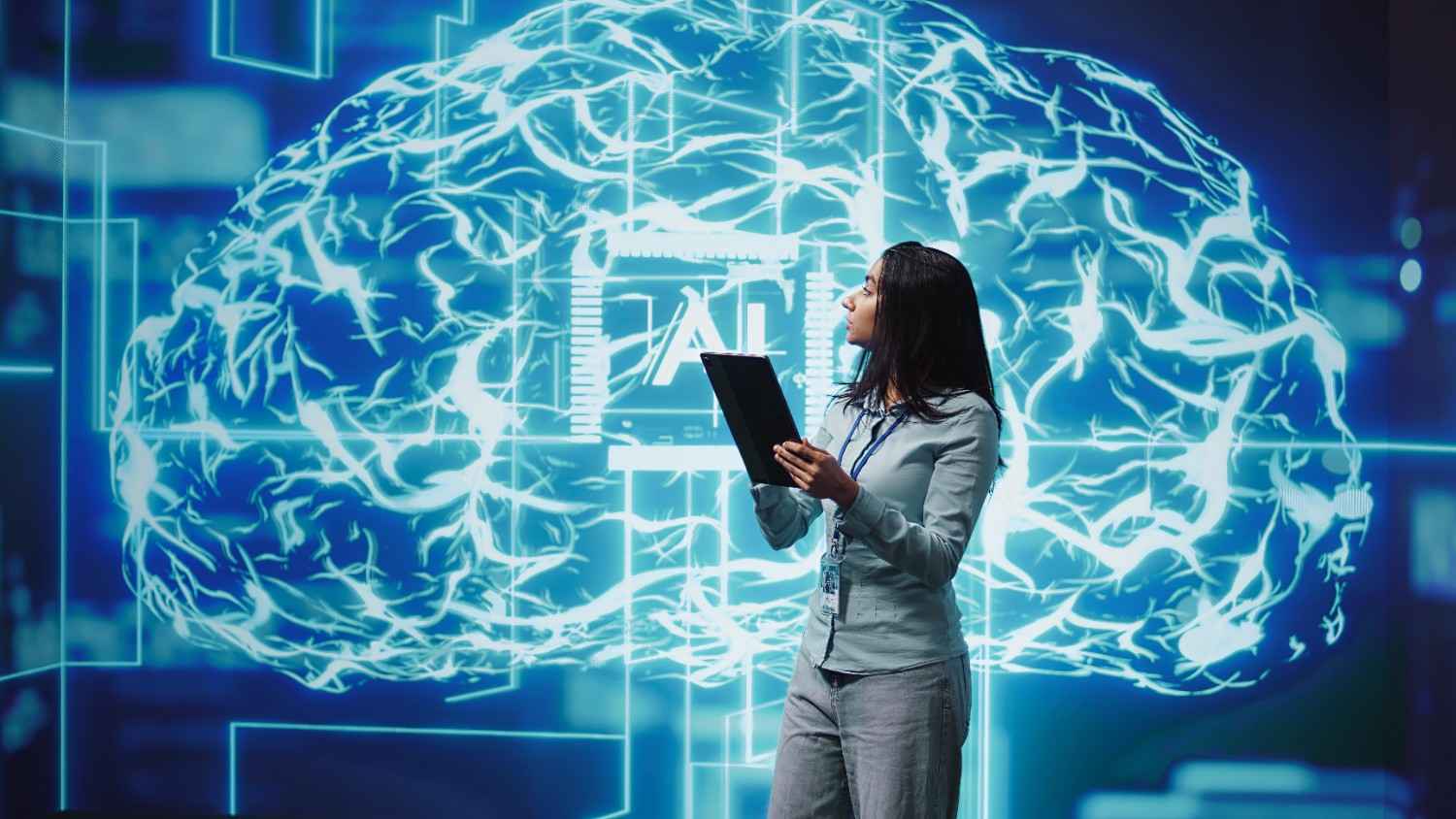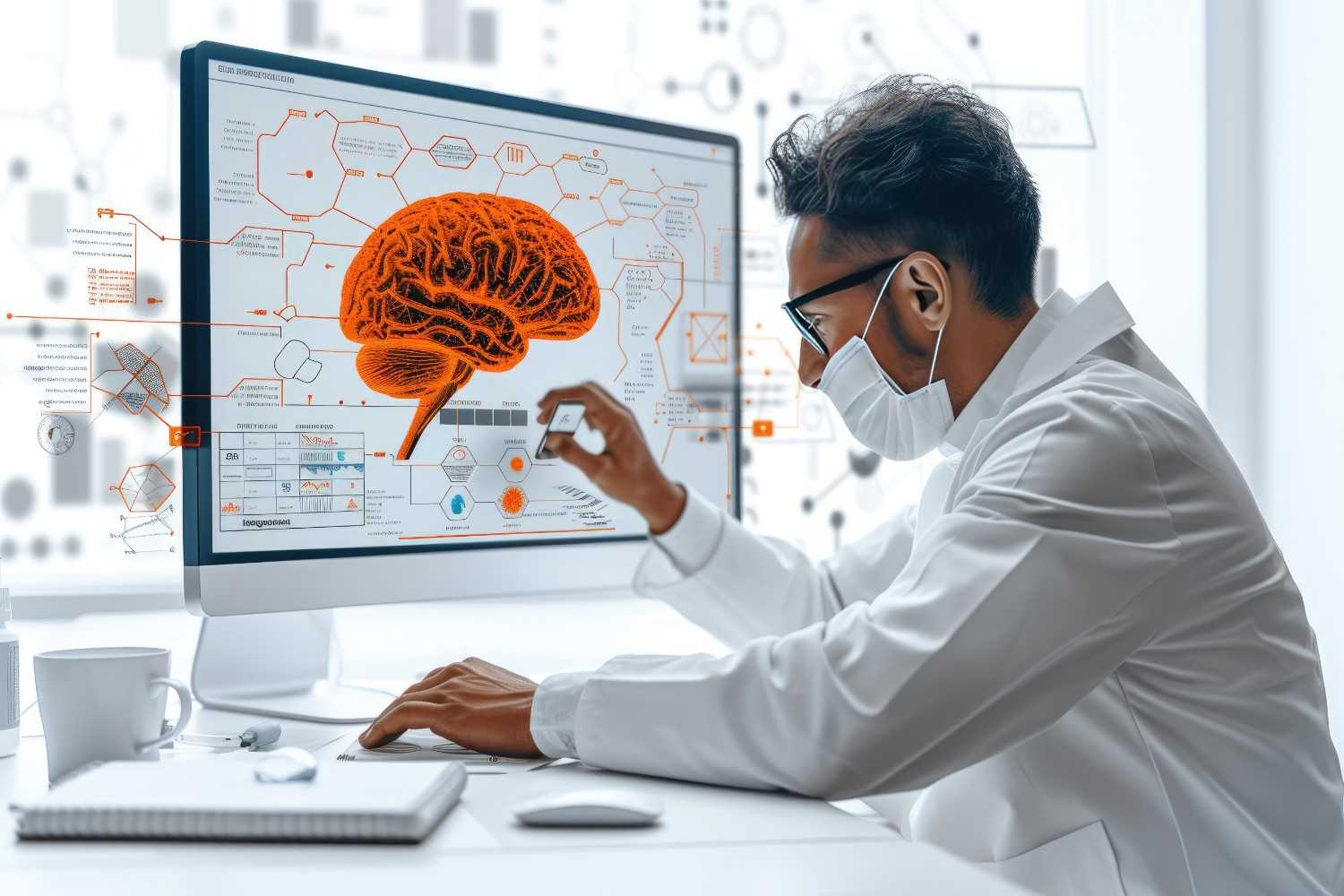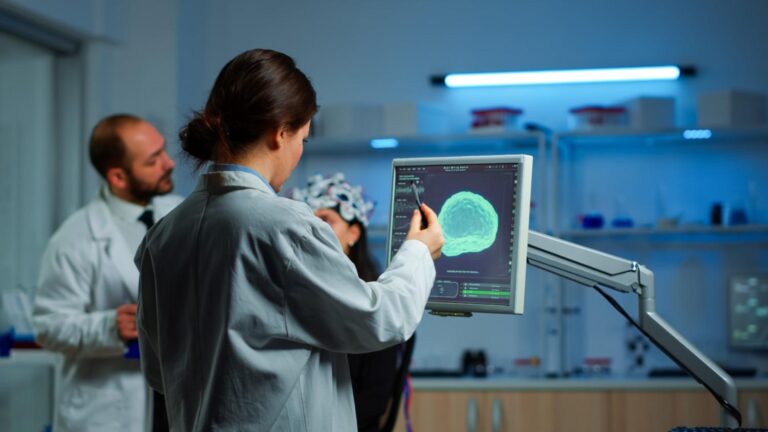The human brain remains one of the most complex and fascinating frontiers of scientific exploration. For researchers dedicated to understanding its intricate workings and developing treatments for neurological disorders, the right tools are not just helpful—they are essential. The pace of discovery in neuroscience is directly linked to the sophistication of the instruments and models available.
Fortunately, the field is experiencing a surge of innovation, with new technologies empowering researchers to ask more complex questions and obtain more precise answers. From high-resolution imaging to advanced in vitro models, these tools are breaking down old barriers and opening up new avenues for discovery. This post explores some of the most impactful advancements in neuro tools and how they are transforming the landscape of brain research.
The Evolution of Neuroscience Research Tools

For decades, neuroscience has relied on a foundational set of tools, including animal models, post-mortem tissue analysis, and basic cell cultures. While these methods have yielded critical insights, they come with inherent limitations. Animal models, for instance, don’t always accurately replicate human neurophysiology, and traditional 2D cell cultures fail to capture the complex, three-dimensional environment of the brain.
The demand for more accurate and human-relevant models has driven the development of a new generation of research tools. These technologies provide a more detailed and dynamic view of neural processes, accelerating the journey from the laboratory bench to clinical application.
High-Resolution Imaging and Optogenetics

One of the most significant leaps forward has been in our ability to visualize the brain in action. Techniques like two-photon microscopy allow researchers to peer deep into living brain tissue with cellular resolution, observing neural circuits as they fire.
When combined with optogenetics—a revolutionary technique that uses light to control genetically modified neurons—scientists can now manipulate specific neural pathways and observe the direct impact on behavior. This powerful combination provides unprecedented insight into the causal relationships between neural activity and brain function, from memory formation to the progression of diseases like Parkinson’s.
Advanced In Vitro Models

Perhaps one of the most exciting areas of innovation is the development of sophisticated in vitro models that more closely mimic the human brain. These are not your standard petri dish cultures. Organoids, or “mini-brains,” are three-dimensional clusters of cells grown from human stem cells that self-organize to replicate aspects of brain structure and development. They provide a unique window into human neurodevelopment and disease progression in a controlled lab setting.
Another groundbreaking innovation is the 3D blood-brain barrier model. This crucial barrier protects the brain from harmful substances, but it also presents a major obstacle for drug delivery. Advanced microfluidic “chip” models recreate the interface between blood vessels and brain cells, allowing researchers to study the barrier’s function and test the ability of new drugs to cross it. These models offer a human-relevant, scalable, and ethical alternative to animal testing, significantly speeding up the drug development pipeline for neurological conditions like Alzheimer’s and multiple sclerosis.
The Rise of Neuroinformatics and AI

The sheer volume of data generated by modern neuroscience experiments is staggering. High-resolution imaging, genomic sequencing, and large-scale electrophysiology can produce terabytes of information from a single study. Making sense of this data deluge requires powerful computational tools.
Neuroinformatics is an emerging field that applies data science and computational modeling to organize and analyze complex neuroscience data. Coupled with artificial intelligence (AI) and machine learning, researchers can now identify subtle patterns and correlations that would be impossible for a human to detect. AI is being used to classify cell types, reconstruct neural circuits, and even predict disease outcomes based on brain scans, making it an indispensable partner in modern neuro-research.
Charting the Future of Brain Research

The continued development of these advanced neuro tools is paving the way for a new era of discovery. By providing more accurate, human-relevant, and scalable platforms, these innovations are accelerating our understanding of the brain and bringing us closer to effective treatments for a wide range of debilitating neurological and psychiatric disorders. For researchers, this means less time spent wrestling with the limitations of outdated models and more time focused on answering the big questions that drive the field forward. The journey to unlock the brain’s secrets is long, but with these powerful tools in hand, the path ahead has never been clearer.

